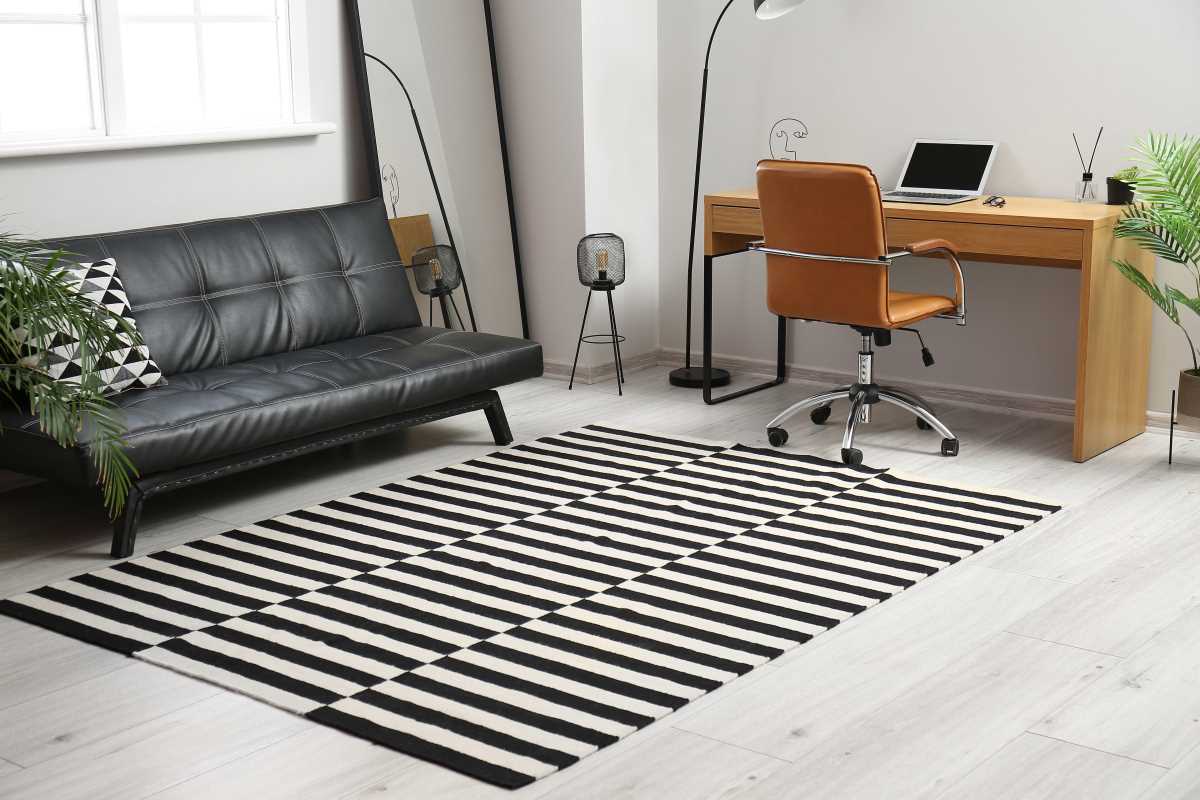Managing diabetes effectively goes beyond medication and regular doctor visits. Your home environment plays a crucial role in supporting your health and well-being. By making thoughtful adjustments around the house, you can create a space that promotes better health and makes daily diabetes management more manageable.
Understanding the Importance of Home Environment
Your home is where you spend the majority of your time, making it a key factor in managing diabetes. A well-organized and supportive home environment can help you maintain a healthy lifestyle, reduce stress, and avoid common pitfalls that may hinder your diabetes management efforts. By tailoring your living spaces to meet your specific needs, you can create a foundation for sustained health improvements.
Research has shown that individuals who make intentional changes to their home environments are more likely to adhere to healthy eating habits, maintain regular physical activity, and effectively monitor their blood sugar levels. A conducive home setting can also provide the emotional support necessary for coping with the challenges of diabetes.
Kitchen Adjustments for Healthy Eating
- Meal Prep Stations: Designate specific areas for chopping, cooking, and storing healthy ingredients to streamline meal preparation.
- Healthy Appliances: Invest in tools like a blender for smoothies, a steamer for vegetables, and non-stick cookware to encourage low-fat cooking.
- Organized Storage: Use clear containers and labels to keep whole grains, legumes, and other diabetes-friendly foods easily accessible.
- Portion Control Tools: Incorporate measuring cups, portion plates, and a kitchen scale to help manage serving sizes accurately.
- Smart Fridge Layout: Place healthy snacks and fresh produce at eye level to make them the first choice when reaching for something to eat.
Having the right tools and organized storage solutions in your kitchen can make healthy eating more convenient and less time-consuming. This not only supports better dietary choices but also reduces the temptation to reach for unhealthy options.
Creating a Diabetes-Friendly Living Space
- Lighting: Ensure adequate lighting in areas where you monitor your blood sugar or take medications to reduce the risk of errors.
- Accessible Storage: Keep diabetes supplies like glucose meters, insulin, and snacks in easily reachable places to avoid delays during emergencies.
- Comfortable Seating: Invest in ergonomic furniture that supports good posture and reduces physical strain, especially if you engage in regular exercise at home.
- Relaxation Areas: Create spaces dedicated to relaxation and stress relief, such as a reading nook or meditation corner, to help manage stress levels.
- Temperature Control: Maintain comfortable temperatures to ensure insulin and other medications remain effective and safe.
Making these practical changes in your living spaces can significantly enhance your ability to manage diabetes on a daily basis. A well-thought-out environment reduces barriers to healthy habits and provides the support you need to stay on track.
Organizing a Home Exercise Area
Regular physical activity is essential for controlling blood sugar levels and maintaining overall health. Creating a dedicated exercise area at home can make it easier to incorporate movement into your daily routine. Here are some tips to set up an effective home exercise space:
Choose a quiet corner or a spare room where you can move freely without distractions. Equip the area with basic exercise equipment such as a yoga mat, resistance bands, dumbbells, and a stability ball. Good lighting and ventilation are important to keep the space inviting and comfortable. Additionally, consider adding motivational posters or a sound system to encourage regular workouts. By having a designated space, you’re more likely to stick to your fitness regimen and enjoy the benefits of staying active.
Incorporating Technology for Monitoring and Management
Technology offers a range of tools that can simplify diabetes management and improve health outcomes. Utilizing the right apps and devices can help you track your blood sugar levels, monitor dietary intake, and stay motivated with your exercise goals. Some useful technologies include:
- Continuous Glucose Monitors (CGMs) that provide real-time blood sugar readings, allowing for timely adjustments to diet or activity.
- Smart Insulin Pens that track insulin doses and send data to your smartphone, ensuring accurate administration.
- Apps like MySugr and Glucose Buddy that help log daily blood sugar levels, meals, and physical activity, providing a comprehensive view of your health.
- Fitness Trackers such as Fitbit or Apple Watch that monitor your physical activity and remind you to stay active throughout the day.
- Telehealth Platforms that allow you to consult with healthcare providers remotely, making it easier to manage your condition without frequent in-person visits.
Integrating these technologies into your daily routine can enhance your ability to manage diabetes effectively. They provide valuable insights and reminders that help you stay on top of your health goals, making diabetes management less overwhelming and more achievable.
By making essential adjustments at home, you can create an environment that supports your diabetes management efforts and promotes better health. Start with small changes and gradually incorporate more modifications to build a supportive home that aligns with your health objectives. Taking these steps can lead to better control of your diabetes and an improved quality of life.







